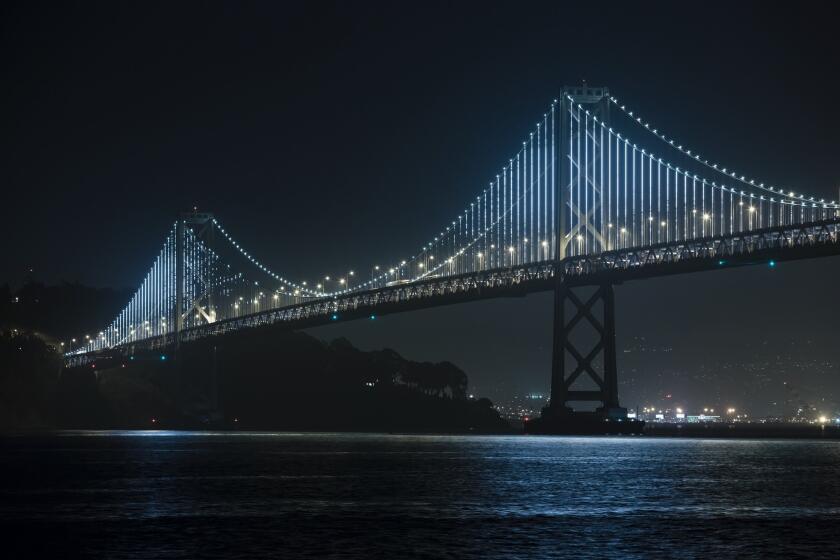O.C. Great Park gets off to a modest start
After years of ambitious planning, the Orange County Great Park will take shape -- at least initially -- as a far more modest spread than what supporters once vowed would rank among America’s great municipal parks.
On Tuesday, the Irvine City Council voted 3 to 2 to spend $65.5 million over the next three to five years on turning a western flank of the old El Toro Marine Base into parkland.
The city will use the money to transform about 225 acres of the base into sprawling lawns, exhibition space, sports fields, farmland, citrus groves and a wildlife corridor.
The plan was crafted to address what has become a common criticism: that despite spending tens of millions of dollars on a much-lauded design, the city has yet to deliver on its promise to build a showcase park in the heart of Orange County.
The council’s decision marks a new focus on construction over design by planting thousands of trees and laying down dozens of acres of sod.
But there will be less parkland, fewer amenities and fewer sports fields than detailed in plans earlier this year.
Since April, the number of soccer fields promised has been cut in half, from six to three, and land to be developed in the short term has been reduced from 500 acres to 225 acres. Of that, 90 acres will be set aside as a farm with limited public access.
Plans to carve out an artificial lake and to build a 50-acre botanical garden have been scrapped, at least in the initial round of construction. The cost, however, has increased from $61 million to $65.5 million.
Boosters on the Irvine City Council described the first phase as a major step forward for a 1,350-acre project that someday could rival San Diego’s Balboa Park or Golden Gate Park in San Francisco.
“What we’re doing in committing these resources now is to move that grand vision forward,” Councilwoman Beth Krom said before voting for the plan. “It will take time, but we have to build incrementally.”
Council members Christina Shea and Steven Choi voted against the proposal, with Shea expressing concerns about spending and “serious internal management problems” raised in a recent audit of the park’s design studio.
The expenditure will exhaust much of the park’s funds. Plans for ringing the park with homes and business parks -- a development scheme that was expected to be the engine that would pay for much of Great Park through localized taxes -- collapsed as the economy and real estate market slumped.
The city has drawn scrutiny in recent years as it has spent $104 million on the Great Park with little to show for it other than a design and a tethered-balloon ride surrounded by a small “preview park.”
Mike Ellzey, the park’s chief executive, said the acreage to be developed in the next few years was scaled back in order to concentrate on features that could be used by the public.
“It takes the money that we have right now for development and puts it into an active space,” he said.
Other elements, such as the lake, were taken off the table because of permitting issues, though another $1 million was budgeted for further study on the lake design.
The spending plan includes a $1 million “contingency fund” that the Great Park’s chief executive will be able to use at his discretion and $12.2 million in no-bid contracts with firms that have already done work on the park.
The no-bid work includes a $10,000-per-month retainer for landscape architect Ken Smith, whose master design for the park was approved in February.
Another $10.5 million goes to the architectural firm WRNS Studio without going to bid; $1.6 million for Gafcon Inc., the project manager; and $180,000 to Dudek Inc. to oversee “agricultural and farm planning.”
Ellzey defended using no-bid contracts, saying it is to the city’s benefit to negotiate with firms already familiar with the project.
--
More to Read
Start your day right
Sign up for Essential California for news, features and recommendations from the L.A. Times and beyond in your inbox six days a week.
You may occasionally receive promotional content from the Los Angeles Times.






